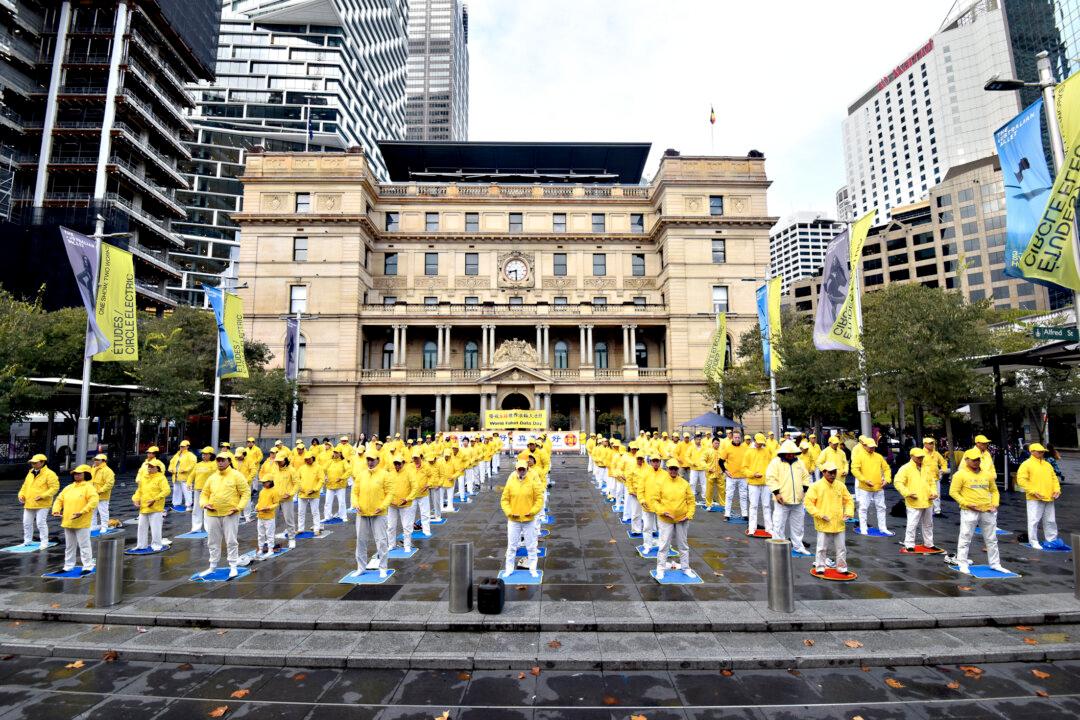The Australian Nasdaq-listed software giant Atlassian has unveiled plans for the world’s tallest hybrid timber building as its headquarter next to Sydney Central Station on June 25.
This is a further step closer to its commitment with the NSW government to be the first anchor tenant of the city’s upcoming “Silicon Valley.”





